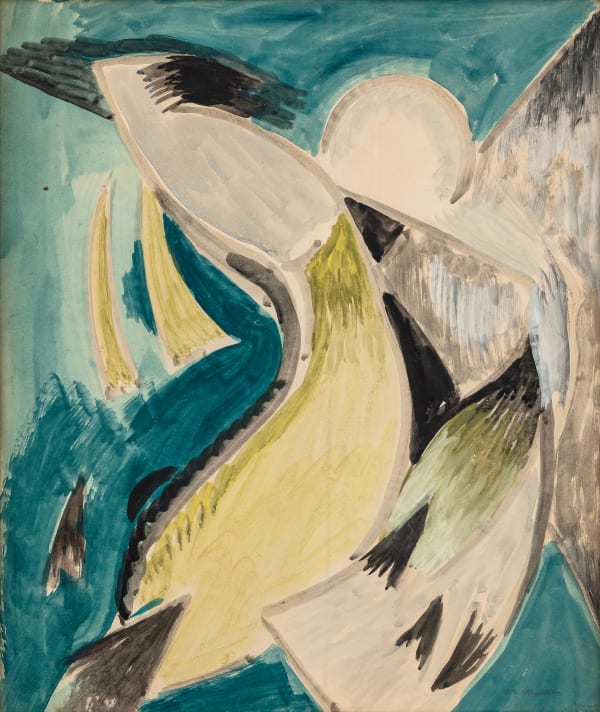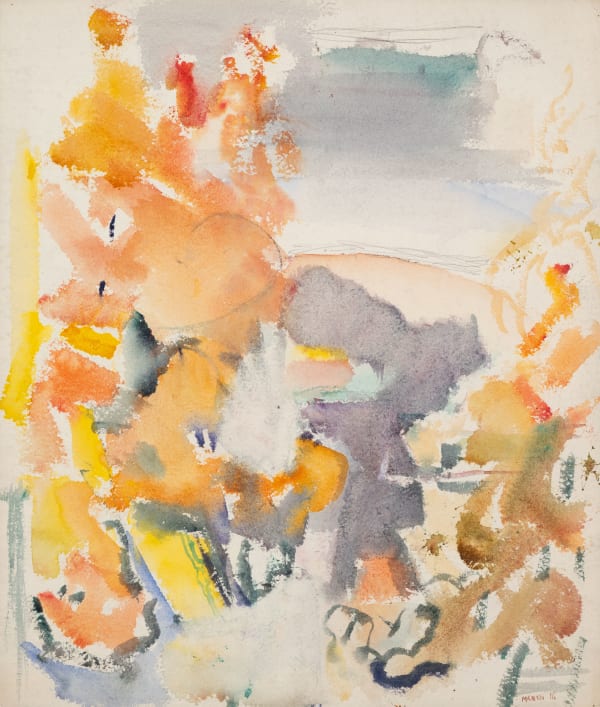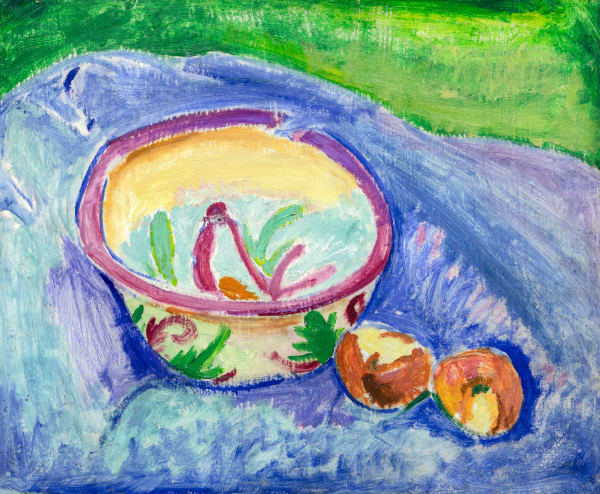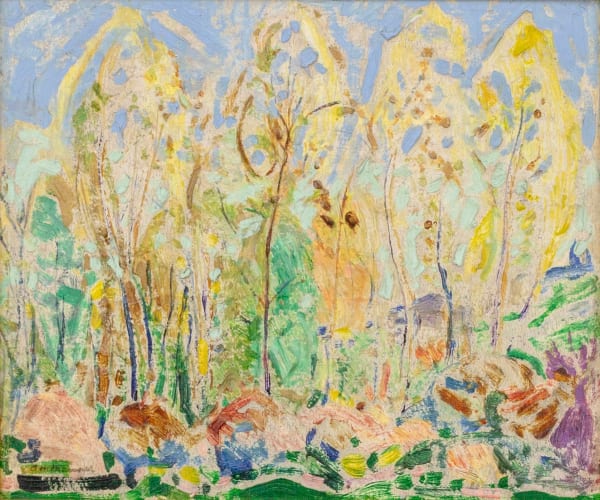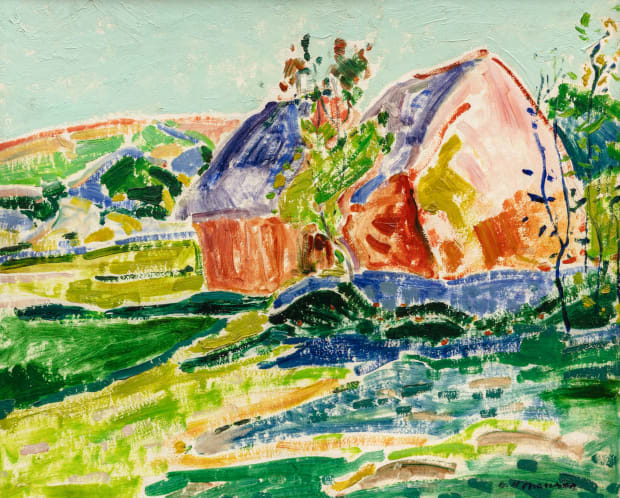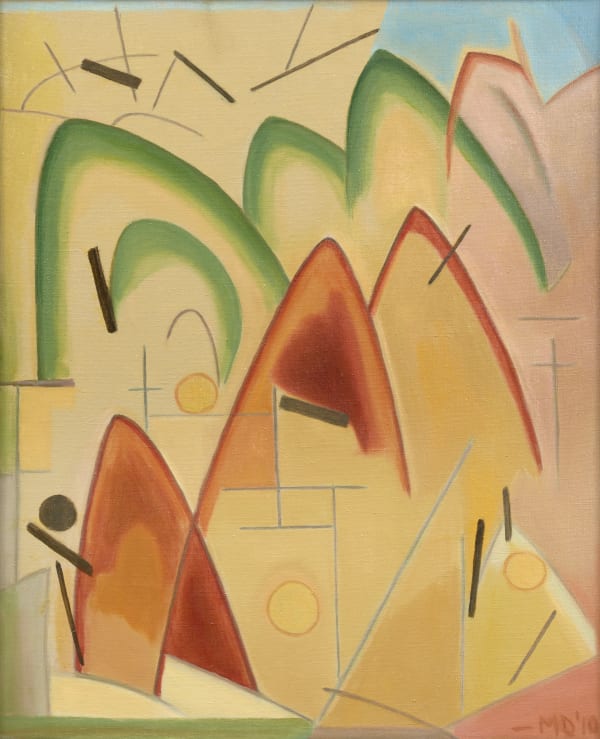-
Schoelkopf Gallery is pleased to present Modernism Rising on view at the gallery from September 6 to October 5, 2024. In 1913, the Armory Show, which showcased the European avant-garde alongside their American counterparts in New York, marked an important episode in the development of modernism in the United States. While the landmark exhibition has often held the status of mythic origin point, in reality, American artists had begun to experiment with modernist principles since the 1870s. American modernism did not burst on the scene in 1913, but rather emerged slowly over time, gaining strong momentum in the first two decades of the twentieth century.Drawn from distinguished American private collections and foundations including the Estate of Tommy LiPuma, the Estate of Manierre Dawson, the John Marin Foundation, and the Max Weber Foundation, Modernism Rising presents 35 paintings and works on paper spanning 1900–20 by pioneering American modernists including Manierre Dawson, Marsden Hartley, John Marin, Alfred Maurer, Hugo Robus, and Max Weber. As these artists experimented with movements such as Impressionism, Fauvism, and Cubism, they learned to develop their own unique approaches to materials and methods as they responded to contemporary events and experiences.
-

-

Hugo Robus
The Winch, c. 1915-1917Oil on canvas
28 x 34 inches
71.1 x 86.4 cm -

Alfred Maurer
The Woman in White, c. 1900Alfred Maurer was one of the first American artists to embrace European modernist painting styles. He was influenced by his time in avant-garde circles in Paris in the early 20th century and explored various painting techniques throughout his career. His early work, including The Woman in White, reflects a figurative style inspired by artists like William Merritt Chase and James McNeill Whistler, emphasizing tonal harmony and mood over naturalism. During this period, Maurer focused on depicting women in domestic interiors, highlighting the sense of isolation within the confines of social class or a sheltered life. -

-
For additional information of any of the works presented, please contact the gallery at (212) 879 - 8815.
September 6 - October 5, 2024
Subscribe to our mailing list to receive updates from the gallery
* denotes required fields
We will process the personal data you have supplied in accordance with our privacy policy (available on request). You can unsubscribe or change your preferences at any time by clicking the link in our emails.


